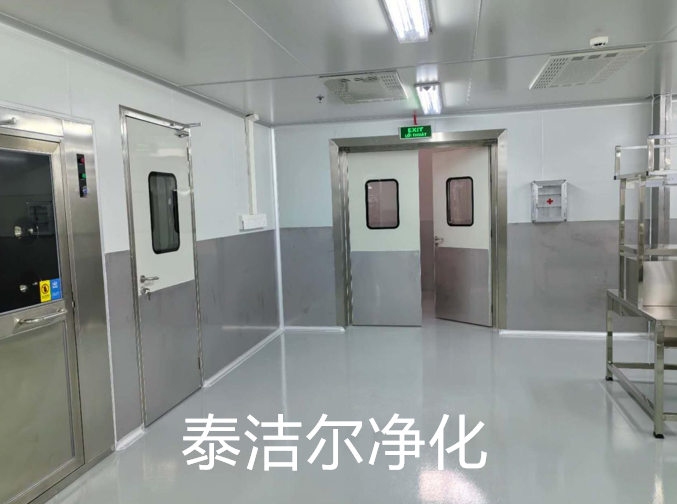
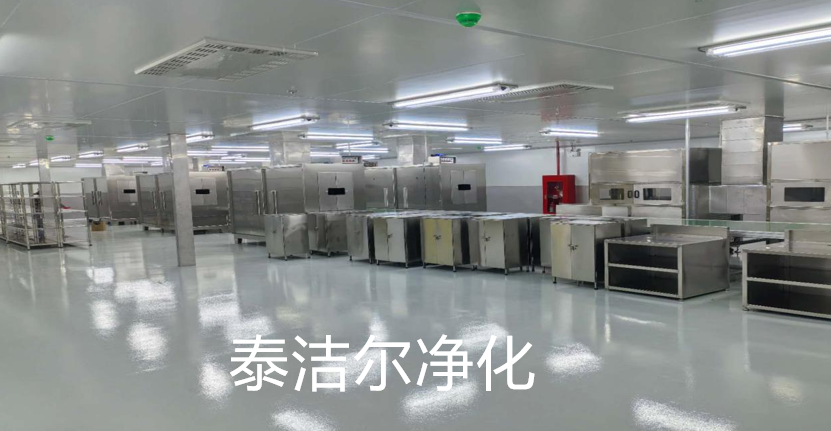
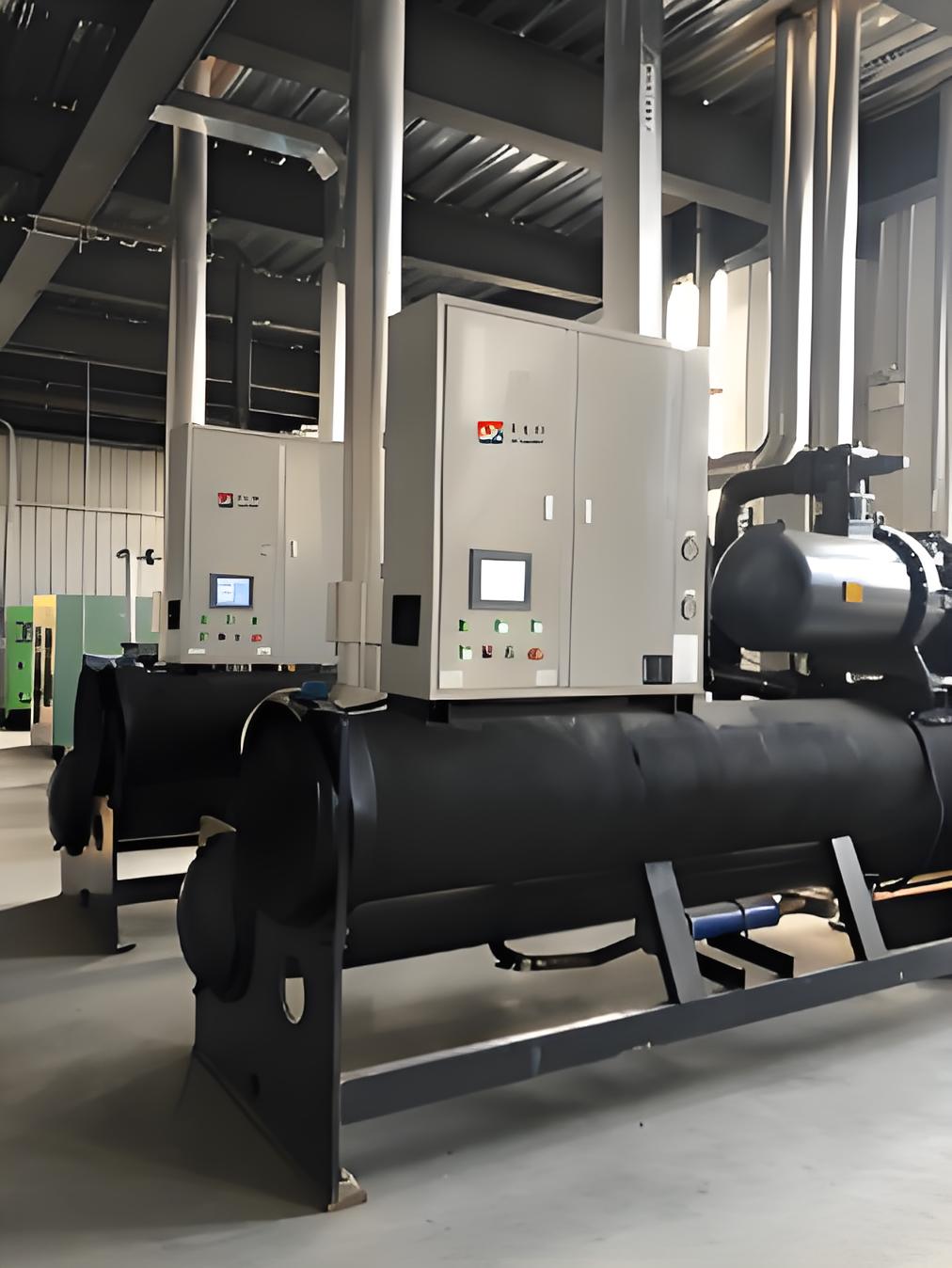
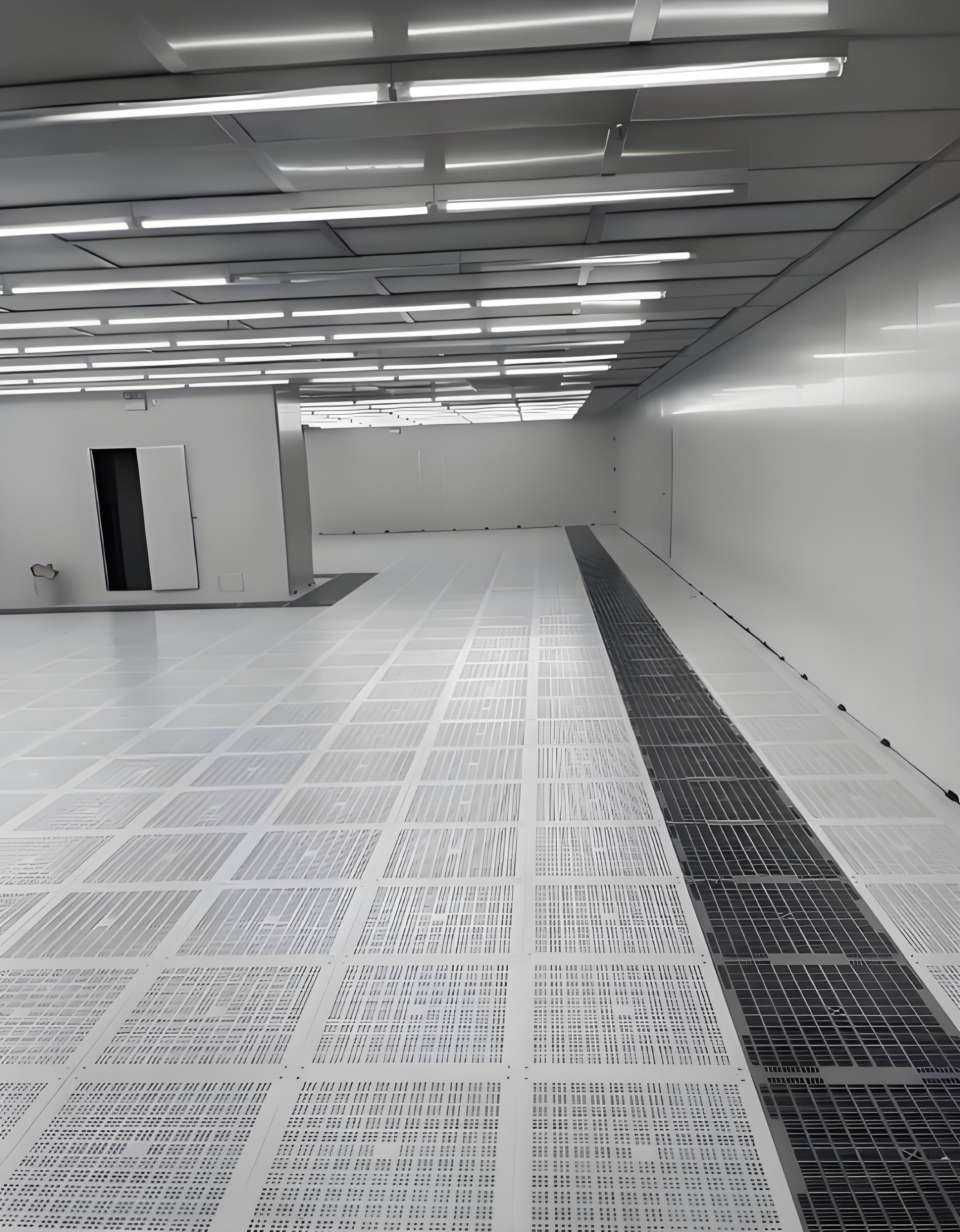

Laboratory engineering forms the critical backbone of virtually all scientific and industrial advancement. It’s the specialized discipline focused on the design, construction, commissioning, operation, and optimization of the physical infrastructure and systems that enable safe, efficient, and reproducible research and testing. Without expert laboratory engineering, the controlled environments necessary for groundbreaking work in chemistry, biology, medicine, and countless other fields simply wouldn't exist. This field seamlessly integrates architecture, mechanical and electrical systems, safety protocols, and operational workflows to create spaces where precision and safety are paramount. This article delves into the core aspects of modern laboratory engineering, with a specific focus on the unique demands of chemical laboratory engineering, the critical nuances of biomedical laboratory engineering, and the essential role of laboratory engineering controls in maintaining safe and effective operations across all lab types.

Laboratory engineering is far more than just building rooms with benches and sinks. It’s a holistic, systems-based approach encompassing:
Space Planning & Workflow: Designing layouts that optimize researcher movement, minimize cross-contamination, and enhance productivity. This includes zoning for clean, dirty, hazardous, and support areas.
Infrastructure Systems: Specifying, designing, and integrating complex mechanical (HVAC - Heating, Ventilation, and Air Conditioning), electrical (power quality, redundancy, emergency power), plumbing (process water, pure water, waste), and gas distribution (compressed air, specialty gases) systems.
Safety Integration: Embedding safety principles into the very fabric of the lab through ventilation design, emergency systems (eyewashes, showers, fire suppression), containment strategies, and ergonomic considerations.
Material Selection: Choosing durable, chemical-resistant, and cleanable surfaces for benches, flooring, walls, and ceilings appropriate for the lab's specific hazards.
Commissioning & Validation: Rigorously testing and documenting that all systems perform as designed and meet regulatory standards before operational use.
Sustainability: Implementing energy-efficient systems (like variable air volume fume hoods), water conservation measures, and waste reduction strategies.
Effective laboratory engineering balances stringent technical requirements with practical usability and long-term flexibility to adapt to evolving scientific needs. The expertise of laboratory engineering professionals is vital in translating scientific requirements into functional, compliant, and safe physical spaces.
Chemical laboratory engineering addresses the unique and often severe hazards inherent in working with reactive, flammable, toxic, and corrosive substances. The primary goals are personnel protection, environmental protection, process integrity, and explosion prevention.
Critical Focus Areas:
Advanced Ventilation & Containment: This is paramount. Engineering solutions include:
Fume Hoods: The cornerstone, requiring precise airflow dynamics (face velocity, containment testing), appropriate construction materials (chemical-resistant liners), and proper placement within the lab layout. Laboratory engineering controls for fume hoods involve sophisticated monitoring and alarm systems.
Ductless Filtration Hoods: Used selectively where ducting is impractical, requiring rigorous filter selection and monitoring.
Room Air Changes: High air exchange rates (often 6-12+ air changes per hour) are standard to dilute potential fugitive emissions. Proper air distribution patterns are crucial.
Specialized Ventilation: Snorkels, canopy hoods, glove boxes, and ventilated storage cabinets for specific processes or highly hazardous materials.
Explosion Protection: Labs handling flammable solvents require intrinsically safe electrical fixtures (explosion-proof lights, switches), potential vapor detection systems, and sometimes explosion venting or suppression systems integrated into the building design – a core laboratory engineering safety strategy.
Chemical-Resistant Infrastructure: Surfaces (epoxy resin countertops, chemical-resistant flooring like sheet vinyl or epoxy), sinks, and piping must withstand aggressive chemicals. Secondary containment for bulk storage is essential.
Specialized Gas & Utility Systems: Safe distribution for reactive or toxic gases (using gas cabinets, automatic shutoff valves, leak detection), robust waste handling systems (acid/base neutralization, solvent recovery), and reliable process cooling water.
Emergency Response Integration: Eyewash/shower placement (within 10 seconds of hazard), specialized spill control kits, and clear emergency egress are non-negotiable elements designed by the chemical laboratory engineering team.
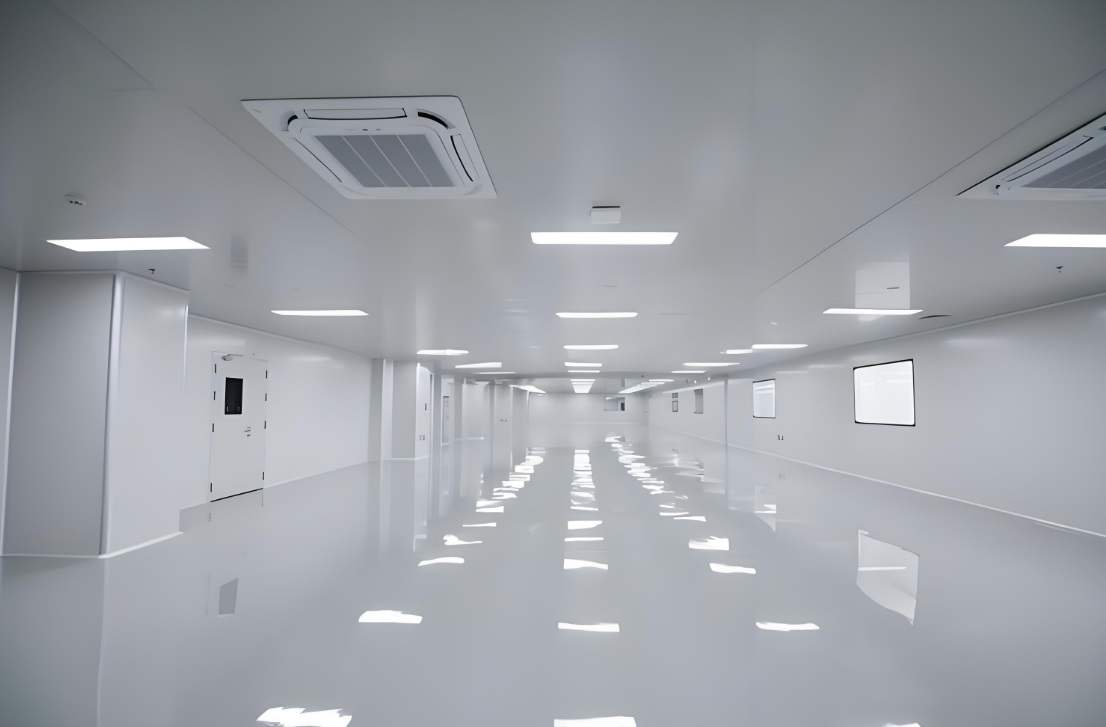
Biomedical laboratory engineering focuses on environments where biological agents (bacteria, viruses, cell cultures, tissues, recombinant DNA) are handled. The paramount concern is biocontainment – preventing the escape of potentially infectious agents – and bioexclusion – preventing contamination of sensitive samples.
Critical Focus Areas:
Biosafety Levels (BSLs) & Containment: Design strictly adheres to CDC/NIH BSL guidelines (BSL-1 to BSL-4). Laboratory engineering translates these requirements into physical infrastructure:
*BSL-2:* Directional airflow (inward), hands-free sinks, autoclave access, sealed surfaces, BSCs required for aerosol-generating procedures.
*BSL-3:* Increased structural integrity (sealed penetrations), dedicated, single-pass exhaust HEPA filtration, anteroom with double doors, negative pressure cascades, pass-through autoclaves or dunk tanks, rigorous access control. Laboratory engineering controls for pressure monitoring and alarm systems are critical.
*BSL-4:* Maximum containment involving full-body suits with independent air supply or Class III BSCs, specialized building systems with multiple HEPA barriers, airlocks, and highly sophisticated waste treatment.
Biological Safety Cabinets (BSCs): The primary containment device. Engineering involves proper selection (Class I, II, III), placement (away from doors, air vents, high traffic), certification, and integration with room ventilation to avoid airflow disruptions. Exhaust requirements (ducted vs. recirculating) are a key laboratory engineering decision.
HEPA Filtration: Essential for supply air in cleanrooms or animal facilities, and exhaust air from BSL-3/4 labs and BSCs. Design includes filter housings, monitoring (pressure differentials), and safe filter change-out procedures.
Cleanrooms & Controlled Environments: For sterile manufacturing, tissue culture, or sensitive assays requiring low particulate counts. Involves high-efficiency filtration, pressurization control, specialized materials, and rigorous gowning protocols – all managed by precise laboratory engineering controls.
Autoclave & Waste Handling: Engineering safe pathways for decontaminating waste (via autoclaves, often double-door pass-through) and effluent treatment systems. Animal facility support (cage wash, specialized ventilation) is also a major component.
Material Compatibility & Cleanability: Surfaces must withstand frequent disinfection with harsh agents (bleach, VHP) and resist microbial growth. Seamlessness and minimal joints are key.
Laboratory engineering controls (LECs) are the physical systems and devices integrated into the lab environment to eliminate or minimize exposure to hazards at the source, before relying on administrative controls or personal protective equipment (PPE). They are the first and most effective line of defense in the laboratory safety hierarchy.
Types and Functions of Laboratory Engineering Controls:
Ventilation Systems: The most critical category.
Fume Hoods & BSCs: Capture and contain chemical vapors, particulates, and biological aerosols at the point of generation.
Local Exhaust Ventilation (LEV): Snorkels, canopy hoods, downdraft tables for specific processes (soldering, weighing).
General Dilution Ventilation: High air change rates to dilute low-level background contaminants.
Containment Devices: Glove boxes (for highly toxic chemicals or pathogens), isolators (for pharmaceutical sterile processing), ventilated balance enclosures.
Automated Systems: Robotic arms, closed-system reactors, automatic liquid handlers to minimize manual handling of hazardous materials.
Safety Interlocks: Prevent unsafe operations (e.g., UV light turns off when biosafety cabinet sash is opened, fume hood alarm if sash opened too high).
Monitoring & Alarm Systems: Continuous monitoring of critical parameters:
Fume Hood/BSC Face Velocity & Alarms
Room Pressure Differentials & Alarms (Critical for containment labs)
Temperature & Humidity
Gas Detection (Toxic, Flammable, Oxygen Depletion)
Air Particulate Counts (in cleanrooms)
Emergency Systems: Automatic shower/eyewash activation, emergency power backup for critical ventilation, fire suppression systems.
Physical Barriers: Splash guards, shields for centrifuges or pressurized equipment.
Effective laboratory engineering controls require:
Hazard Identification: Thoroughly understanding the processes and materials used.
Risk Assessment: Determining the necessary level of containment/control.
Appropriate Selection: Choosing the right type of control for the specific hazard and operation.
Proper Design & Integration: Ensuring controls work harmoniously with other lab systems and workflows. Placement is crucial for effectiveness (e.g., hood location relative to room air currents).
Commissioning & Performance Verification: Rigorous testing upon installation (e.g., ASHRAE 110 for fume hoods, NSF 49 for BSCs) and room pressure testing.
Ongoing Maintenance & Certification: Regular inspection, testing, and preventive maintenance (e.g., annual hood/BSC certification, filter changes, calibration of monitors). This is where the foresight of the initial laboratory engineering design pays off in maintainability.
User Training: Researchers must understand how to use controls properly (e.g., correct sash height, working within the "plane of protection").
Beyond safety, sophisticated laboratory engineering drives efficiency, reproducibility, and innovation:
Flexibility & Adaptability: Modular designs, interstitial spaces for utilities, and easily reconfigurable casework allow labs to evolve with research needs.
Energy Efficiency: Utilizing variable air volume (VAV) fume hoods and HVAC systems, heat recovery wheels, high-efficiency lighting (LED), and optimized scheduling significantly reduces operating costs and environmental impact – a growing priority in laboratory engineering.
Data Integration & Smart Labs: Incorporating sensors (temperature, humidity, equipment status) into Building Management Systems (BMS) or Laboratory Information Management Systems (LIMS) enables real-time monitoring, predictive maintenance, and data-driven optimization of lab environments – the next frontier of laboratory engineering controls.
Ergonomics & Productivity: Designing bench heights, aisle widths, storage solutions, and equipment placement to minimize researcher fatigue and streamline workflows directly impacts output.
Sustainability: Specifying sustainable materials, implementing water recycling systems, optimizing waste streams, and designing for longevity are integral to modern laboratory engineering practices.
The field of laboratory engineering is constantly evolving:
Increased Automation & Robotics: Driving demand for specialized infrastructure to support high-throughput systems and automated material handling.
Modular & Prefabricated Labs: Faster deployment, potentially higher quality control, and enhanced flexibility. Requires careful laboratory engineering integration on-site.
Advanced "Smart Lab" Technologies: Greater integration of IoT sensors, AI for predictive maintenance and optimization of environmental controls, digital twins for simulation and management.
Enhanced Sustainability Mandates: Stricter energy codes and institutional sustainability goals pushing innovation in high-performance HVAC, on-site renewable energy integration, and circular economy principles for lab furniture and equipment.
Convergence of Disciplines: Growth in labs requiring integrated capabilities for chemistry, biology, and materials science (e.g., nanotech, biomanufacturing), demanding highly flexible and sophisticated engineering solutions.
Focus on Resilience: Designing labs to withstand disruptions (pandemics, extreme weather) with features like enhanced air filtration, remote monitoring capabilities, and adaptable spaces.
Laboratory engineering is not merely a supporting function; it is the fundamental enabler of safe, efficient, and groundbreaking scientific work. Whether navigating the volatile world of chemical laboratory engineering, ensuring the stringent biocontainment required in biomedical laboratory engineering, or designing and maintaining the sophisticated laboratory engineering controls that protect personnel and the environment, this discipline sits at the heart of modern research and development. Investing in expert laboratory engineering – from initial concept through construction, commissioning, and ongoing operation – is an investment in scientific integrity, researcher safety, operational efficiency, and ultimately, the success of the scientific mission itself. As science continues to push boundaries into areas like advanced therapeutics, nanotechnology, and artificial intelligence, the role of innovative and responsive laboratory engineering will only become more critical.